John Kørner tackles the British sports of cycling, running and drinking
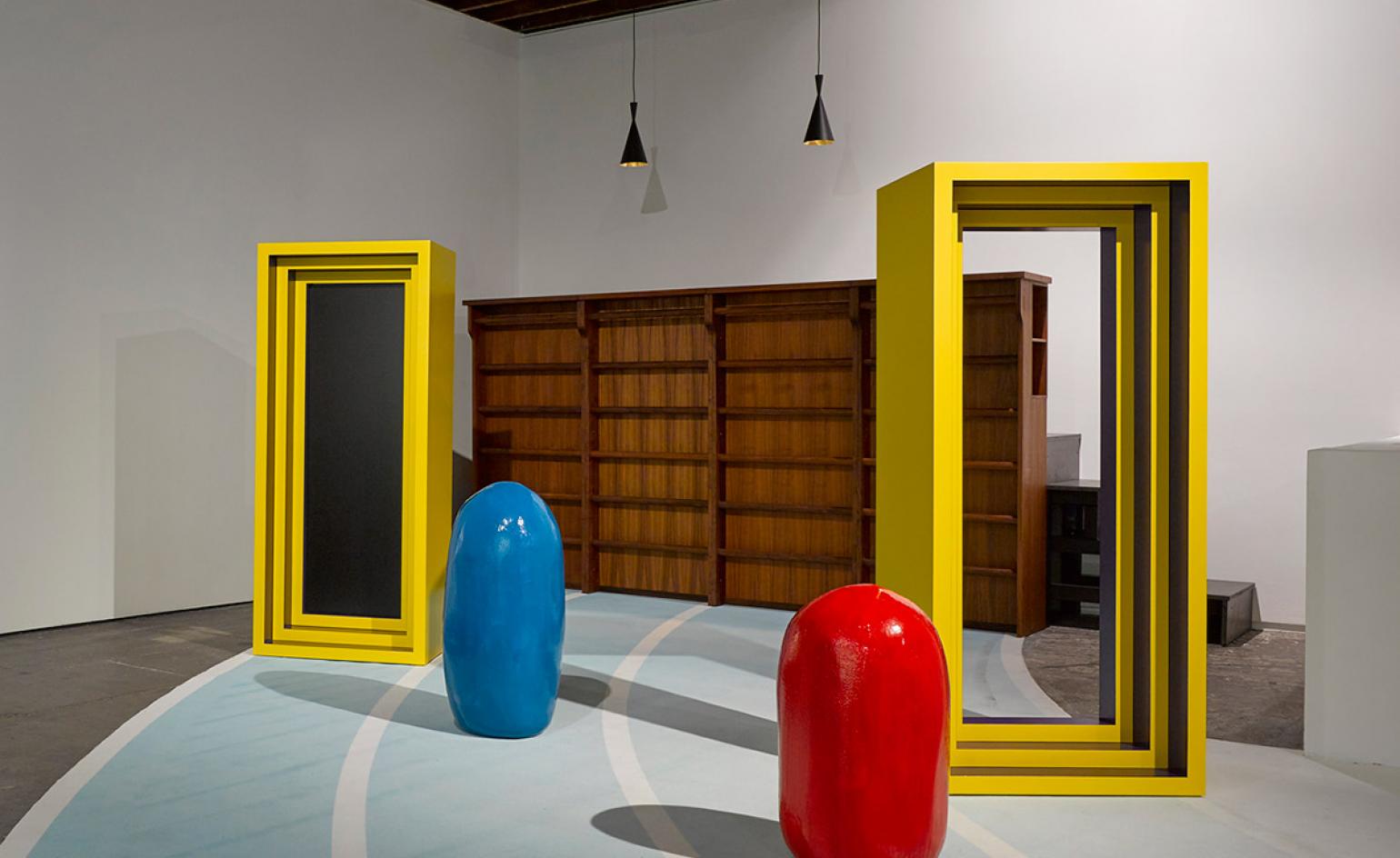
‘The pace of contemporary life has never moved so fast,’ says Copenhagen-based artist John Kørner, while peddling comically slowly on his bike installation at Victoria Miro’s Wharf Road gallery in London. The bike is attached to a moving platform topped with a stall of chairs built for visitors, parallel to a vast, 12-panel painting charting a sunrise and set. The installation is designed to ‘slow us down, and see the painting from a different perspective’.
The exhibition – ‘Life in a Box’ – revolves around the physical, emotional, and conceptual constraints of time passing, and the ways in which we attempt to ‘outrun’ them. Kørner depicts runners in cross-country garb, shifting in-and-out of focus into vivid yellow and red backgrounds, as if we're just missing them as they zoom past. In the upstairs gallery, a sweeping, floridly-coloured race track covers the floor; the finish-line dissected by a giant climbing frame that also functions as a bar, which Kørner encourages you to climb up, and order a shot.
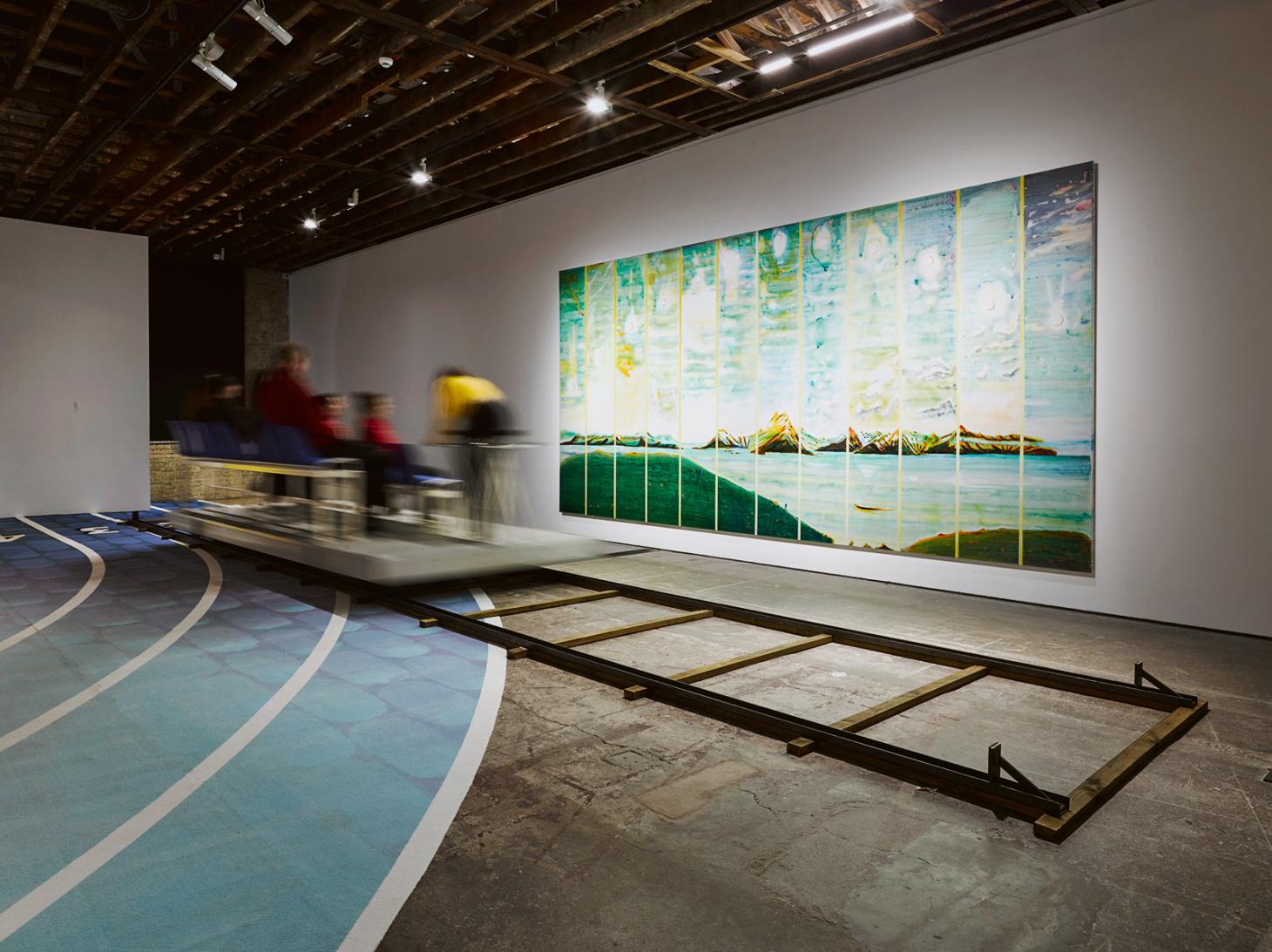
Installation view of ‘John Kørner: Life in a Box’ at Victoria Miro, London.
The bar, Kørner explains, is a reflection of the time-travelling transformation we undergo when drinking alcohol. ‘It seems that lots of people change personality when they go drinking. Especially in the UK, there’s so many pubs – and I'm fascinated by this culture. It has a great impact on the demeanour. For instance, I smile more when I drink. For some people, it’s a way of escaping to a place where time moves differently.’ For better or worse.
There are lighthearted notes to the exhibition, but, as is common in Kørner’s complex practice, it’s also dense with metaphor, symbol, and serious commentary. On what exactly, Kørner leaves largely up to the viewer. The snow-peaked mountains he paints, for instance, are not meant to represent a particular range, but the idea of a mountain more broadly. Here, they seem to represent natural order and peace, offering refreshing calm from the self-defeating, fast-paced racing occuring elsewhere in the gallery.
RELATED STORY
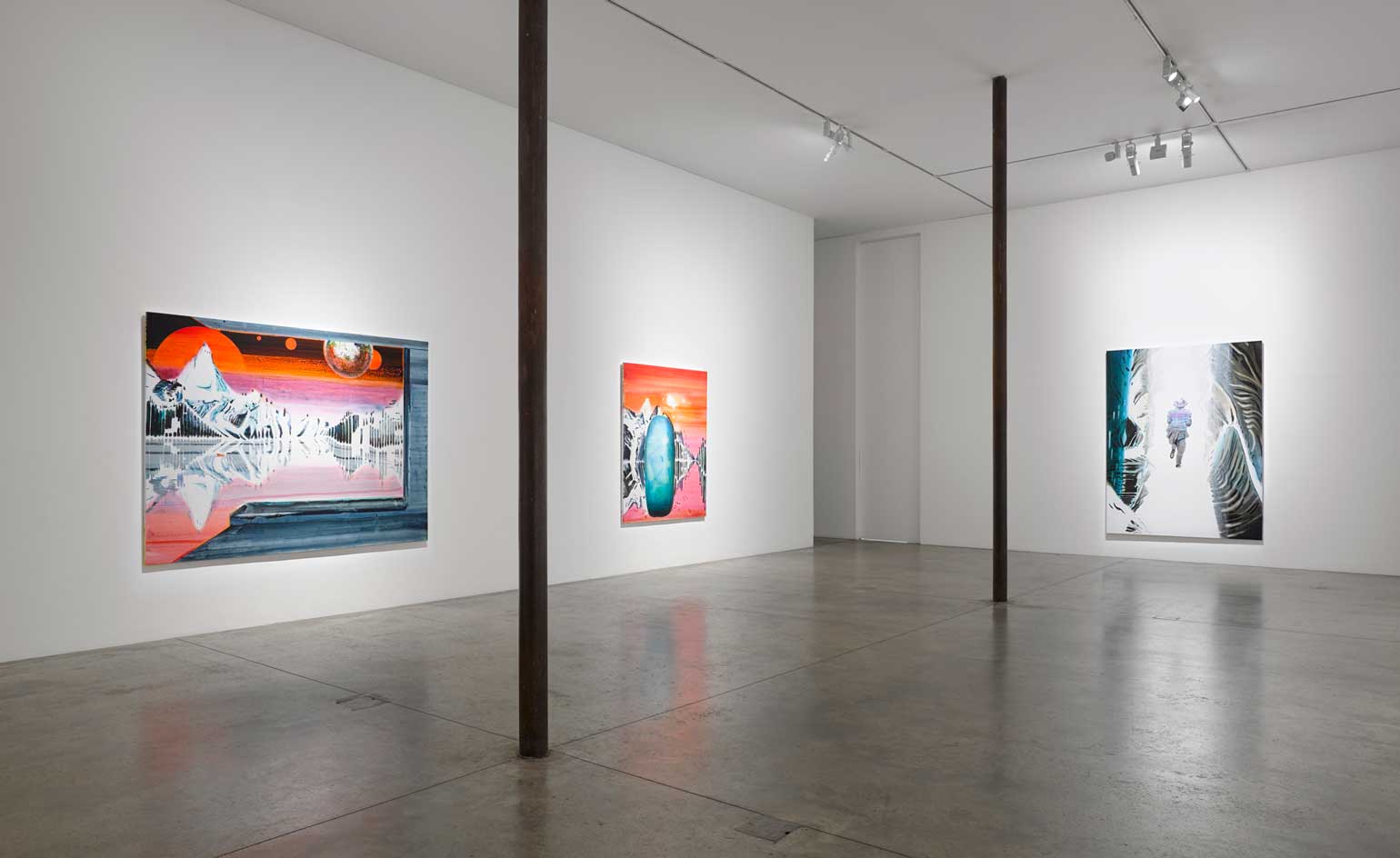
Installation view of ‘John Kørner: Life in a Box’ at Victoria Miro, London. © The artist. Courtesy of the artist and Victoria Miro, London/Venice
Likewise the boxes seen throughout the exhibition have manifold meaning. At times, they appear prison-like and claustrophobic, drawing you in like a box set. At other times, they are protective; containing within them calming, vast green planes. For the artist, ‘they refer to anything from mental “boxes”, to apartments, to crates of apples, to TV sets, to the tall walls of a valley’. Rather than prescribe meaning, his ‘main aim is to communicate with the viewer, and have my work resonate with something in their life’.
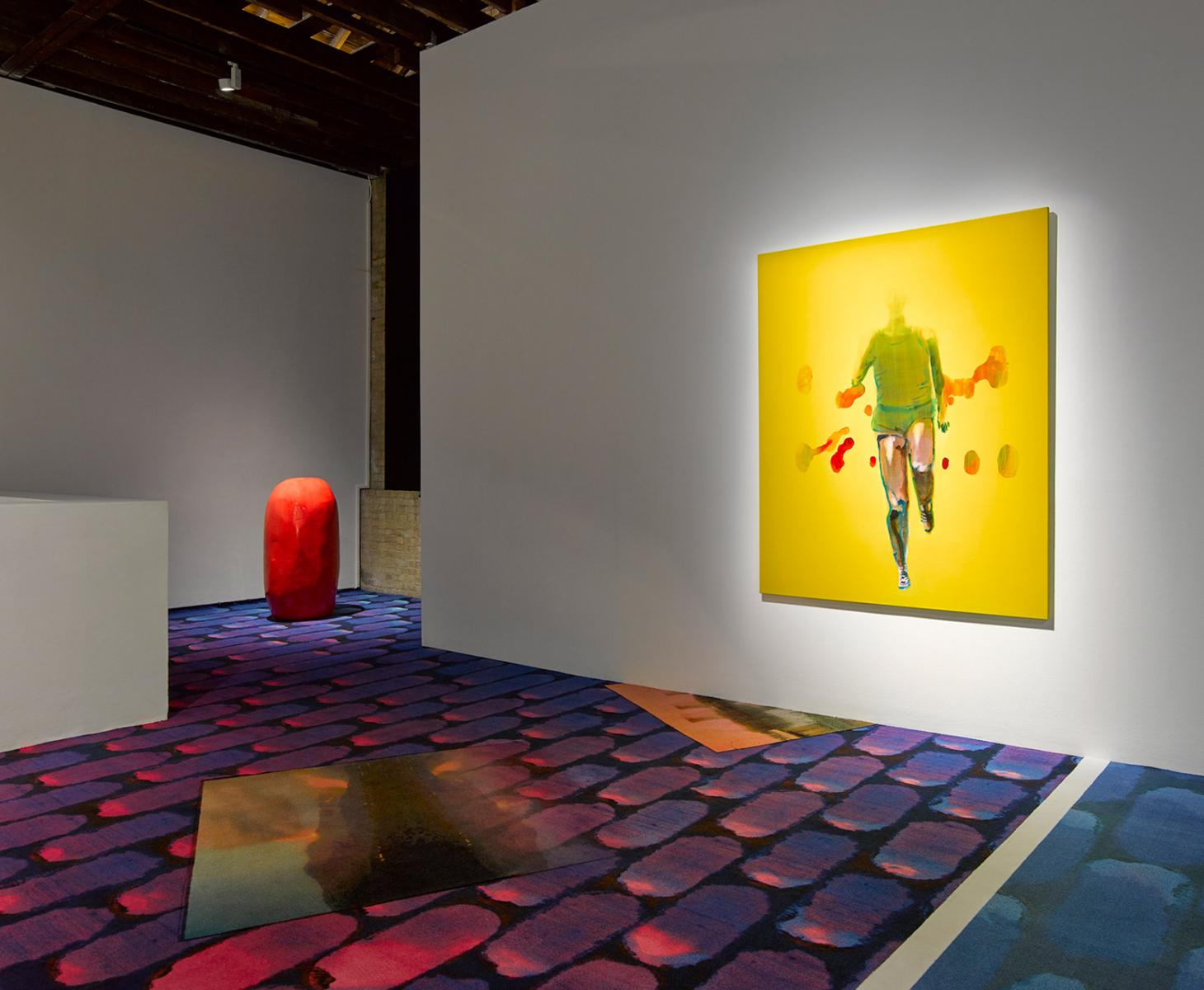
Installation view of ‘John Kørner: Life in a Box’ at Victoria Miro, London.
The exhibition also contains a number of Kørner's storied ‘problems’: egg-shaped sculptures that represent the universal nature of issues, questions and conundrums. The idea has followed Kørner for much of his career, first appearing in the years after his graduation from the Royal Danish Academy of Fine Arts Copenhagen in 1988. At Victoria Miro, they take the form of bright, primary-coloured sculptures dotted along the race track, obstacles in the way of the theoretical runners chasing their goals; and gallery visitors navigating the space, forcing them to move slowly and deliberately.
Kørner has long been of the opinion that art should exercise the imagination like a bicycle stretches the legs. He tests the theory literally, and runs the imagination ragged, in what is an edifying, dense display. Afterwards, you can climb the bar for a refreshing, transformative tipple.
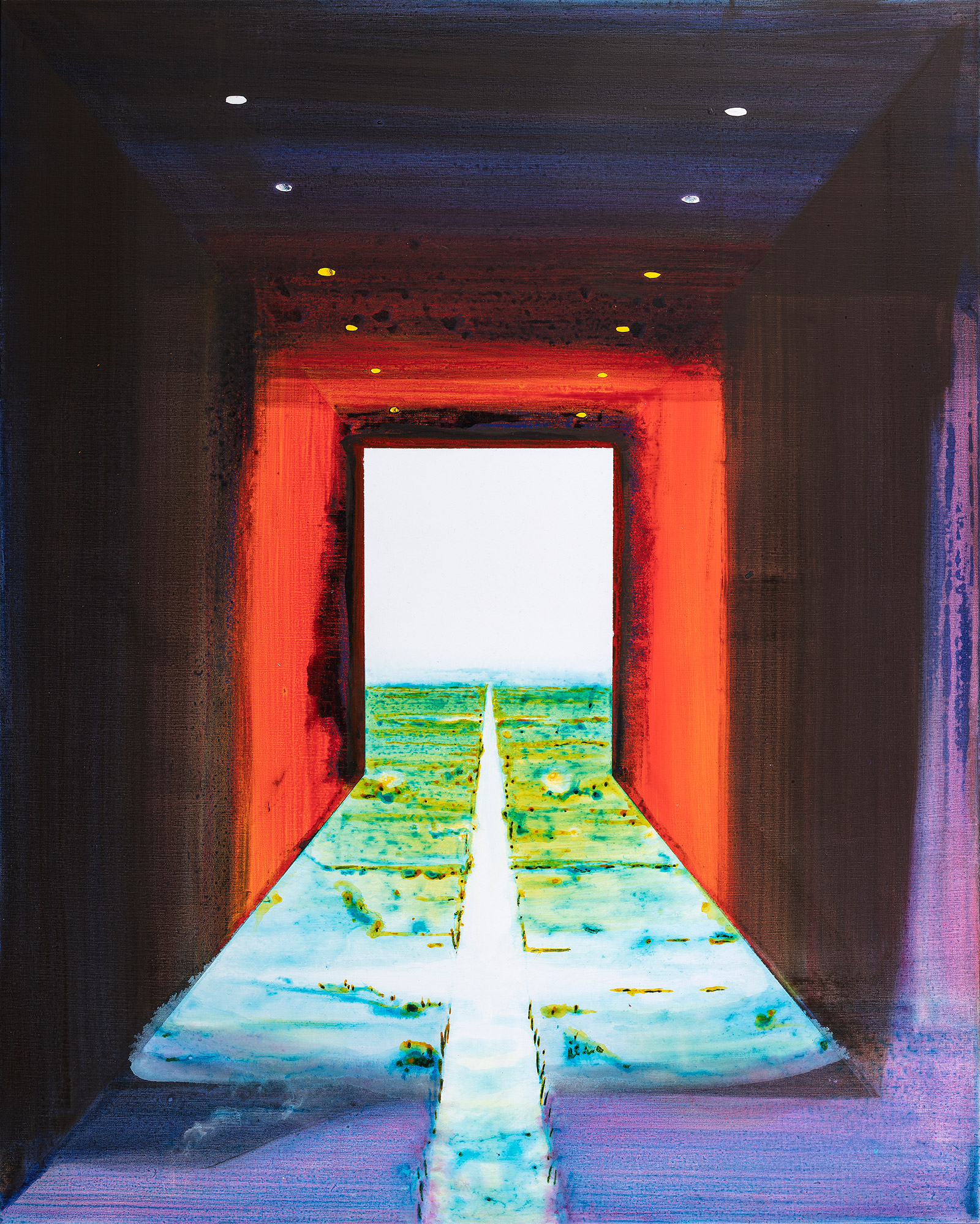
Water in the corridor, 2019, by John Kørner, acrylic on canvas.
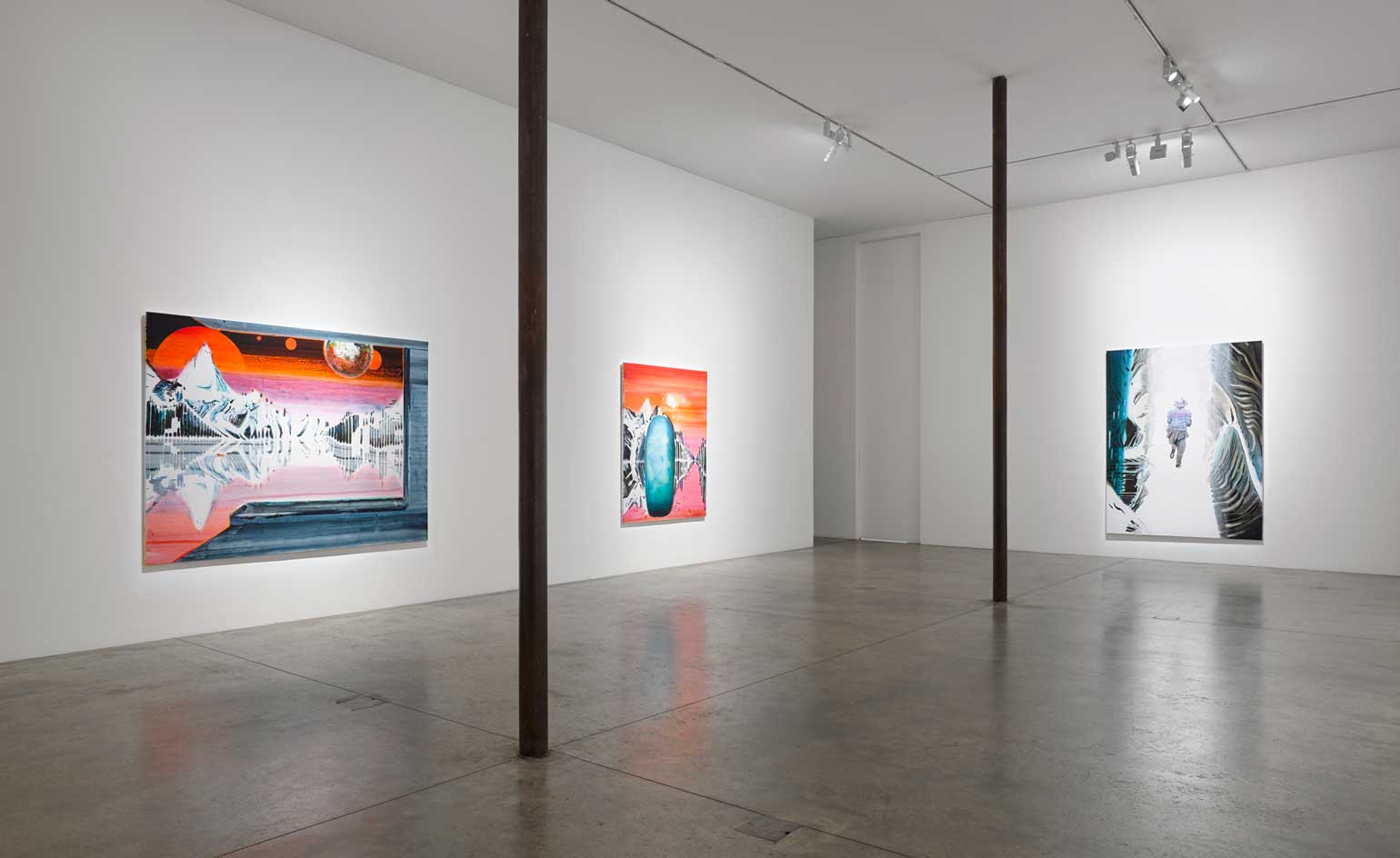
Installation view of ‘John Kørner: Life in a Box’ at Victoria Miro, London.
INFORMATION
‘John Kørner: Life in a Box’ is on view until 23 March. For more information, visit the Victoria Miro website
Receive our daily digest of inspiration, escapism and design stories from around the world direct to your inbox.
ADDRESS
Victoria Miro
16 Wharf Road
London N1 7RW
Elly Parsons is the Digital Editor of Wallpaper*, where she oversees Wallpaper.com and its social platforms. She has been with the brand since 2015 in various roles, spending time as digital writer – specialising in art, technology and contemporary culture – and as deputy digital editor. She was shortlisted for a PPA Award in 2017, has written extensively for many publications, and has contributed to three books. She is a guest lecturer in digital journalism at Goldsmiths University, London, where she also holds a masters degree in creative writing. Now, her main areas of expertise include content strategy, audience engagement, and social media.
-
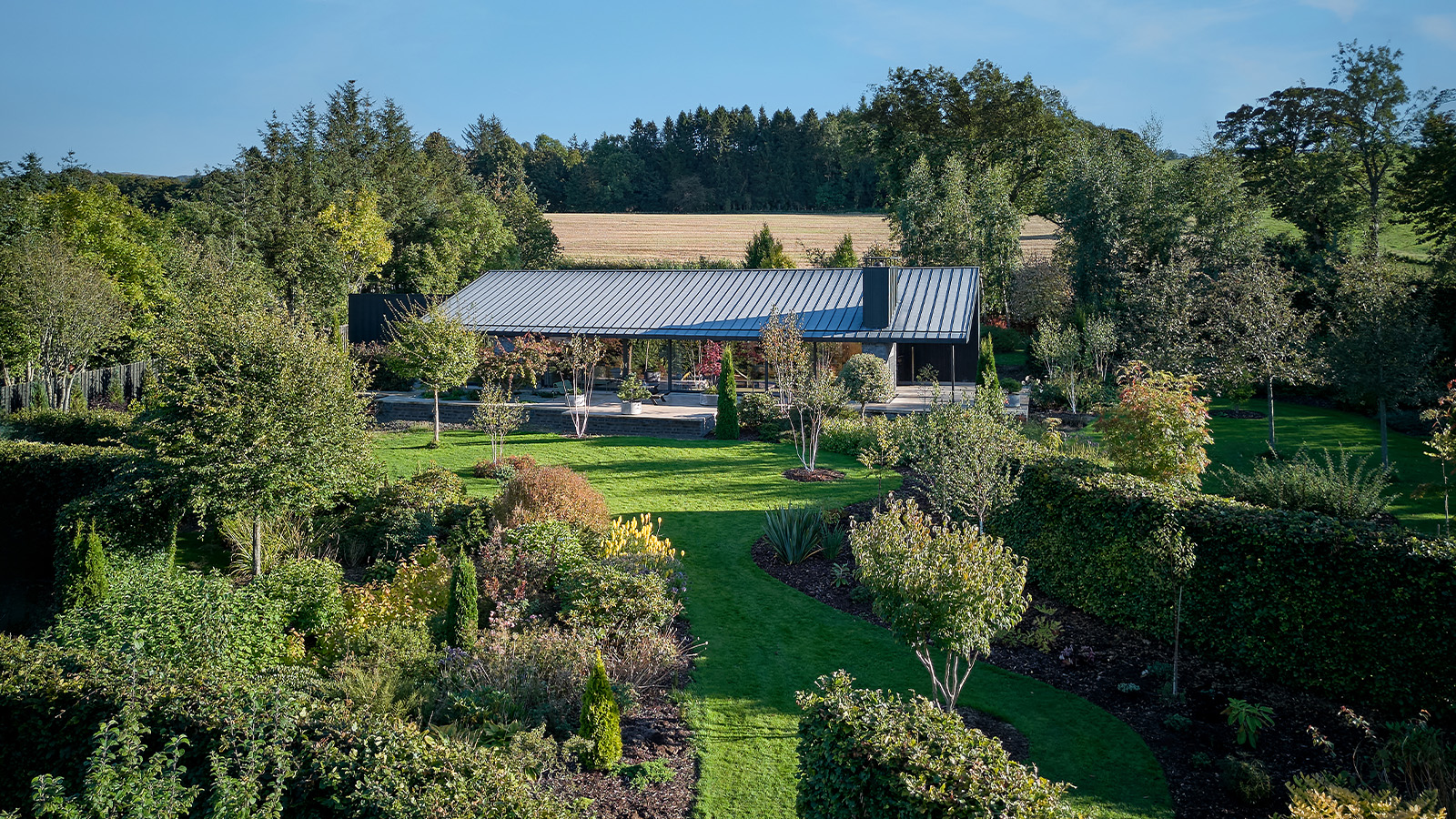 A compact Scottish home is a 'sunny place,' nestled into its thriving orchard setting
A compact Scottish home is a 'sunny place,' nestled into its thriving orchard settingGrianan (Gaelic for 'sunny place') is a single-storey Scottish home by Cameron Webster Architects set in rural Stirlingshire
-
 7 colours that will define 2026, from rich gold to glacier blue
7 colours that will define 2026, from rich gold to glacier blueThese moody hues, versatile neutrals and vivid shades will shape the new year, according to trend forecasters
-
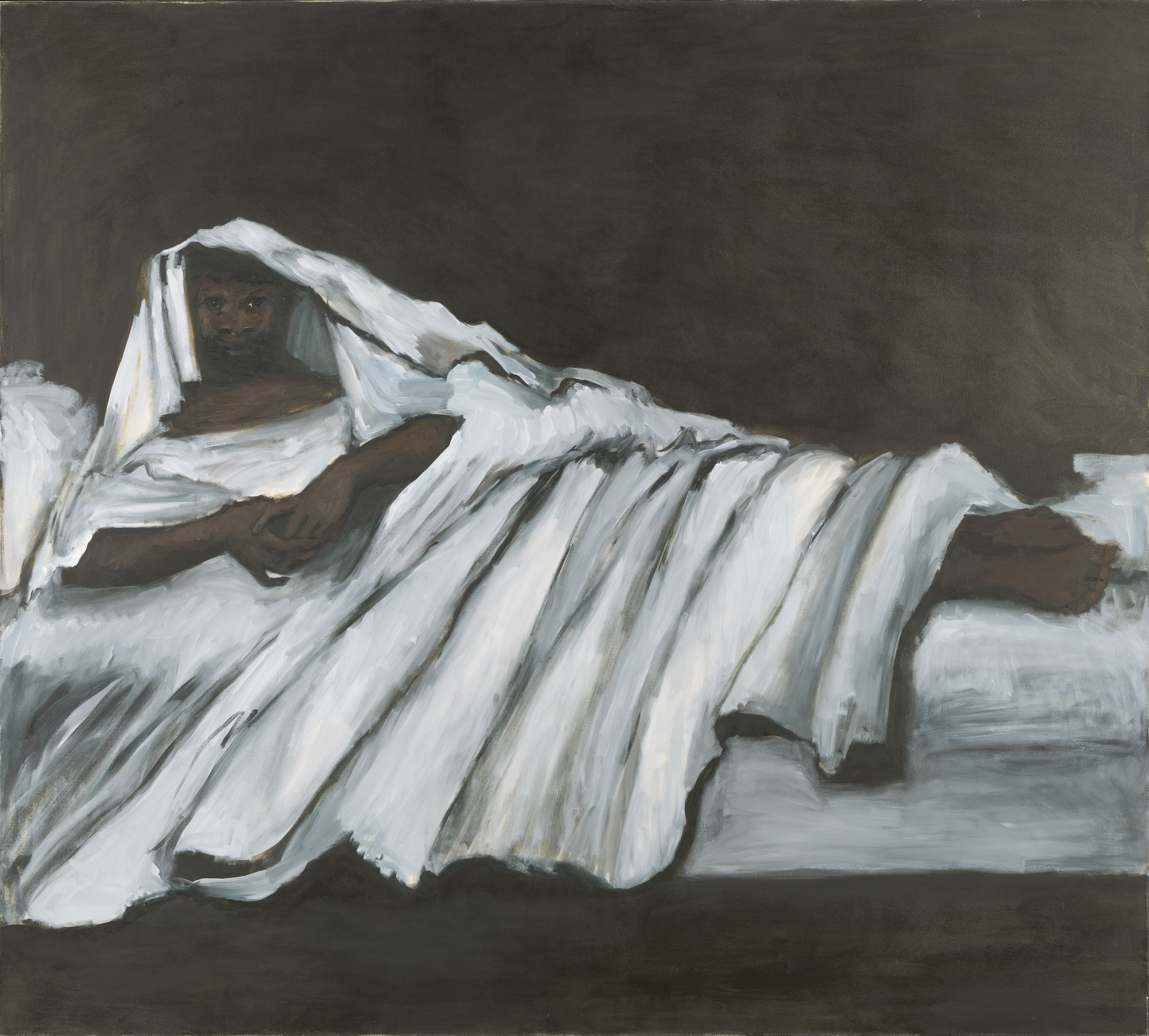 In Norway, discover 1000 years of Queer expression in Islamic Art
In Norway, discover 1000 years of Queer expression in Islamic Art'Deviant Ornaments' at the National Museum of Norway examines the far-reaching history of Queer art
-
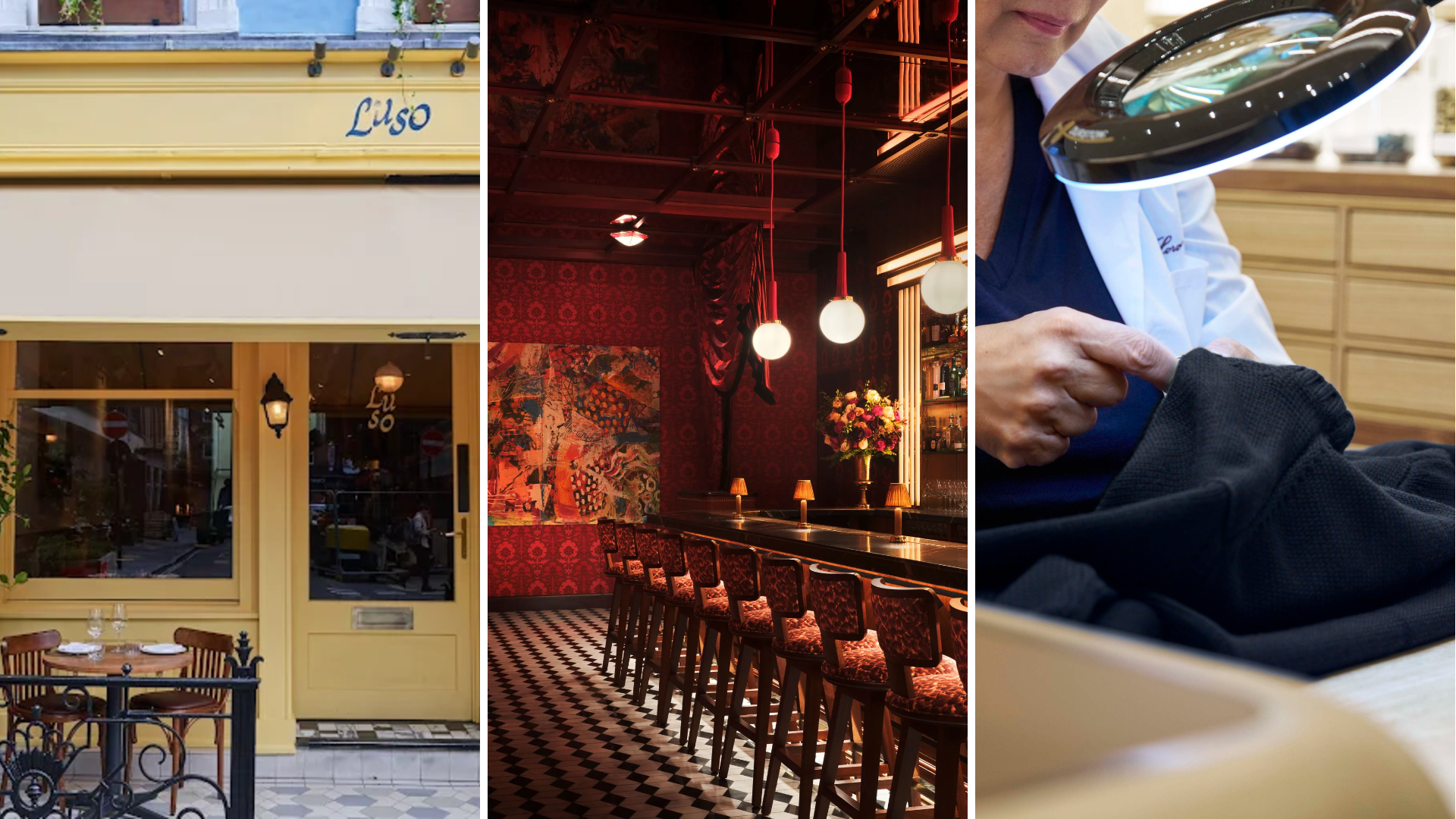 Out of office: The Wallpaper* editors’ picks of the week
Out of office: The Wallpaper* editors’ picks of the week'Tis the season for eating and drinking, and the Wallpaper* team embraced it wholeheartedly this week. Elsewhere: the best spot in Milan for clothing repairs and outdoor swimming in December
-
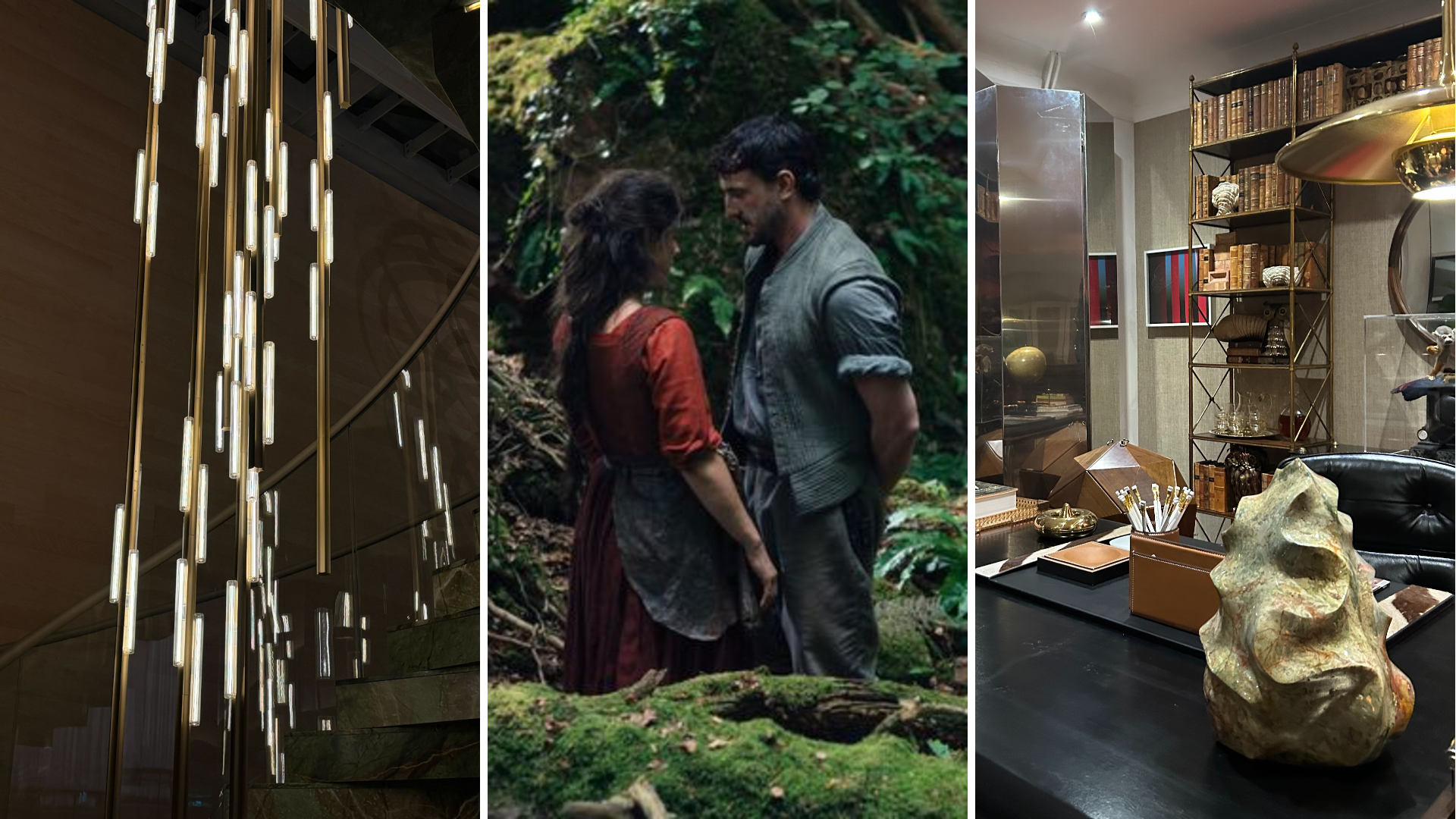 Out of office: The Wallpaper* editors’ picks of the week
Out of office: The Wallpaper* editors’ picks of the weekFar from slowing down for the festive season, the Wallpaper* team is in full swing, hopping from events to openings this week. Sometimes work can feel like play – and we also had time for some festive cocktails and cinematic releases
-
 The Barbican is undergoing a huge revamp. Here’s what we know
The Barbican is undergoing a huge revamp. Here’s what we knowThe Barbican Centre is set to close in June 2028 for a year as part of a huge restoration plan to future-proof the brutalist Grade II-listed site
-
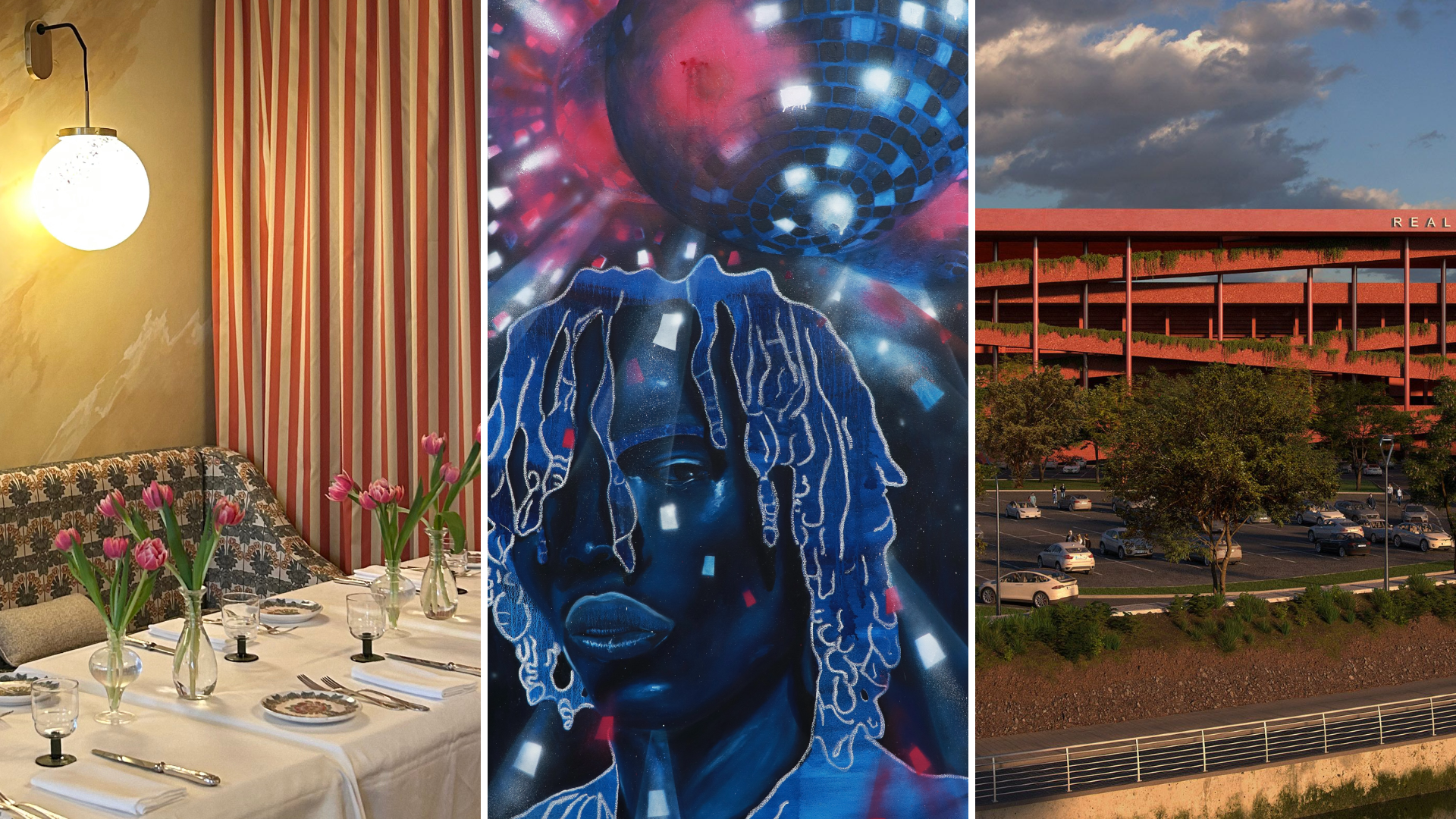 Out of office: The Wallpaper* editors’ picks of the week
Out of office: The Wallpaper* editors’ picks of the weekIt’s wet, windy and wintry and, this week, the Wallpaper* team craved moments of escape. We found it in memories of the Mediterranean, flavours of Mexico, and immersions in the worlds of music and art
-
 Each mundane object tells a story at Pace’s tribute to the everyday
Each mundane object tells a story at Pace’s tribute to the everydayIn a group exhibition, ‘Monument to the Unimportant’, artists give the seemingly insignificant – from discarded clothes to weeds in cracks – a longer look
-
 Out of office: The Wallpaper* editors’ picks of the week
Out of office: The Wallpaper* editors’ picks of the weekThis week, the Wallpaper* team had its finger on the pulse of architecture, interiors and fashion – while also scooping the latest on the Radiohead reunion and London’s buzziest pizza
-
 Out of office: The Wallpaper* editors’ picks of the week
Out of office: The Wallpaper* editors’ picks of the weekIt’s been a week of escapism: daydreams of Ghana sparked by lively local projects, glimpses of Tokyo on nostalgic film rolls, and a charming foray into the heart of Christmas as the festive season kicks off in earnest
-
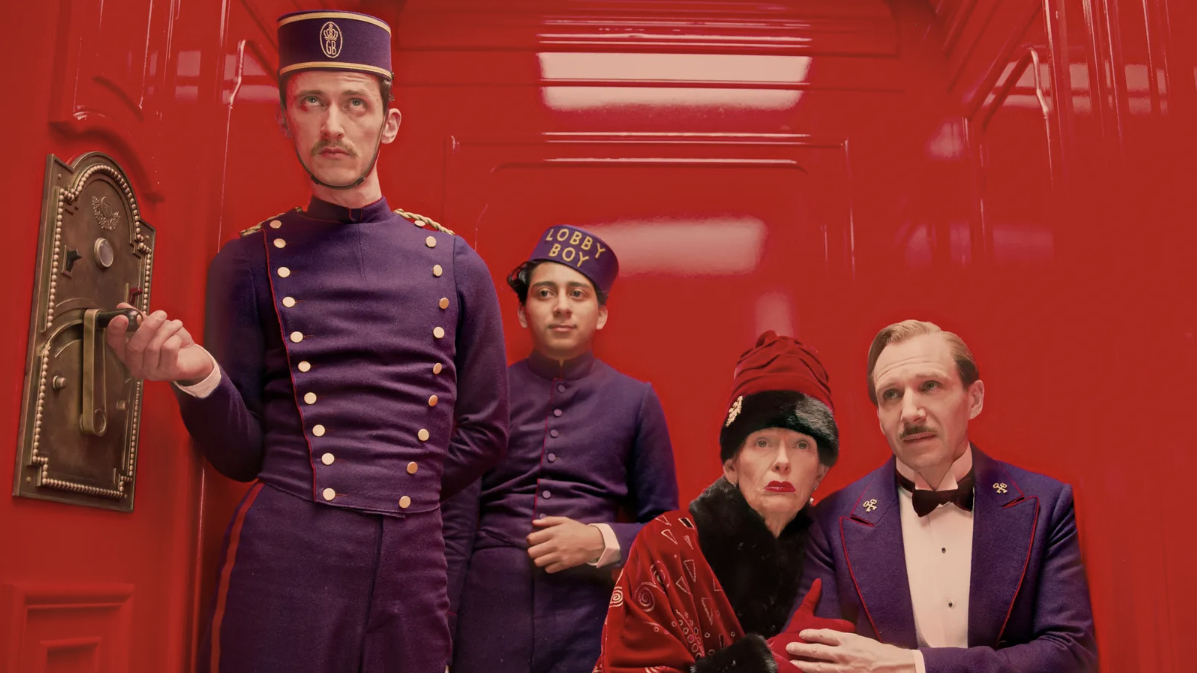 Wes Anderson at the Design Museum celebrates an obsessive attention to detail
Wes Anderson at the Design Museum celebrates an obsessive attention to detail‘Wes Anderson: The Archives’ pays tribute to the American film director’s career – expect props and puppets aplenty in this comprehensive London retrospective